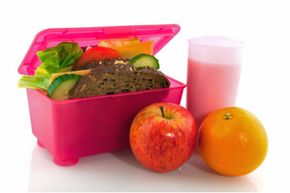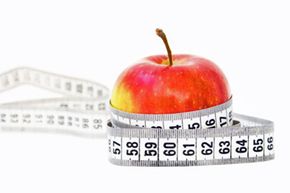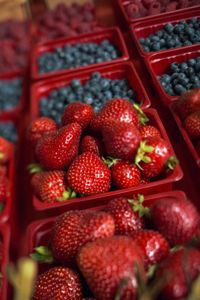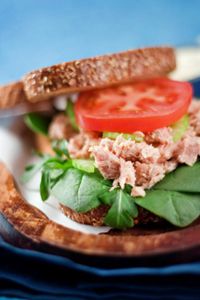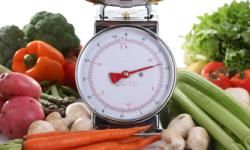Nielsen research indicates that in 2009, meal planning was "one of the largest and fastest growing online activities" [source: Gregori]. Retailers have responded with iPhone and Android smartphone applications that help you check grocery specials and find recipes for your various dietary needs. The big motivations for this trend are spending less money and eating healthier.
By packing your own healthy lunches for work, you can do both. The cost sacrifice is convenience instead of money [source: Pirovano] You can make up for the convenience cost by joining the planning trend and putting together your meals in advance. For example, on the weekend you can prepare recipes to put in single-serving containers to take with you during the week.
Advertisement
If you don't plan ahead and pack your lunch, you might be tempted to use that as an excuse to eat out or grab something convenient instead. You can get healthier single-serving convenience foods, and restaurants often have more nutritious options, but they can be expensive when you're trying to build a nutritious and filling lunch. If the planning, preparing and packing sounds like a hassle, focus on how much healthier you'll be for doing it and use the tips in this article to add convenience back into the equation.
Advertisement
